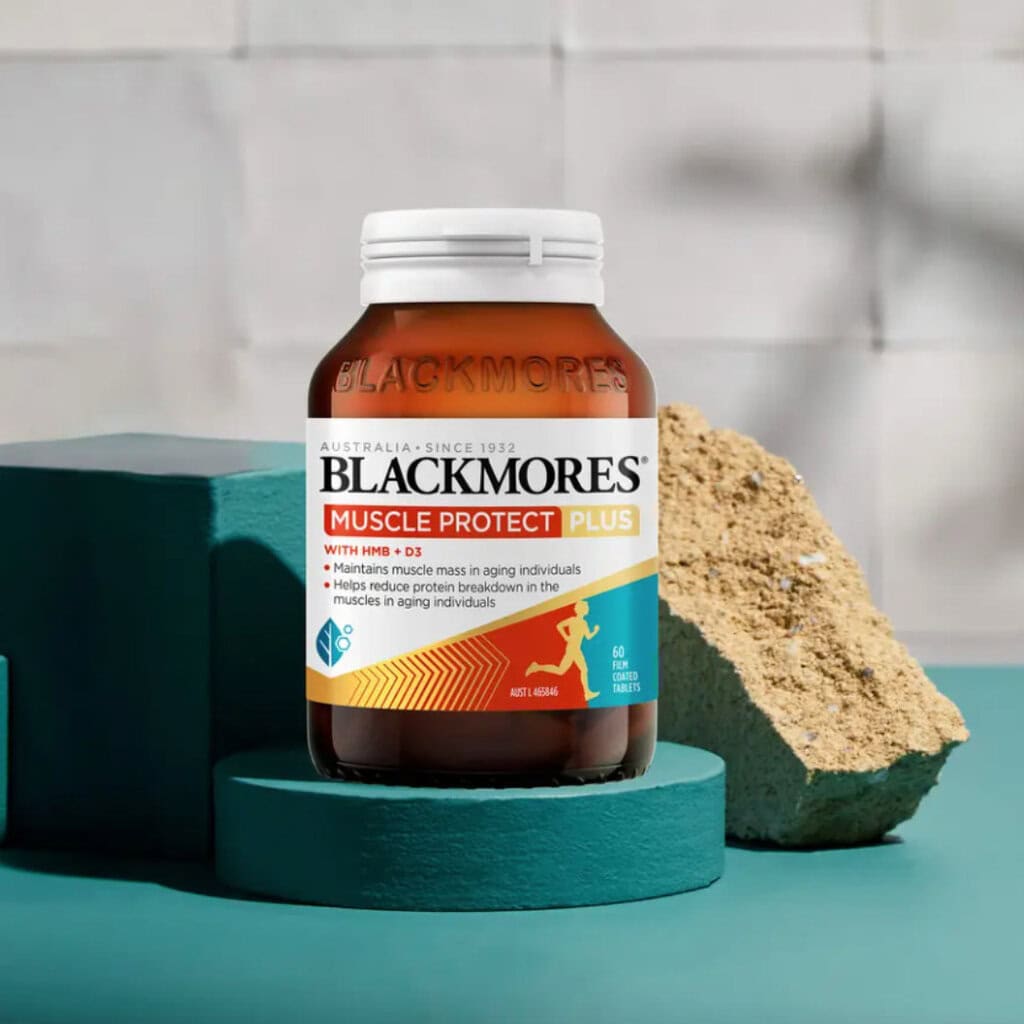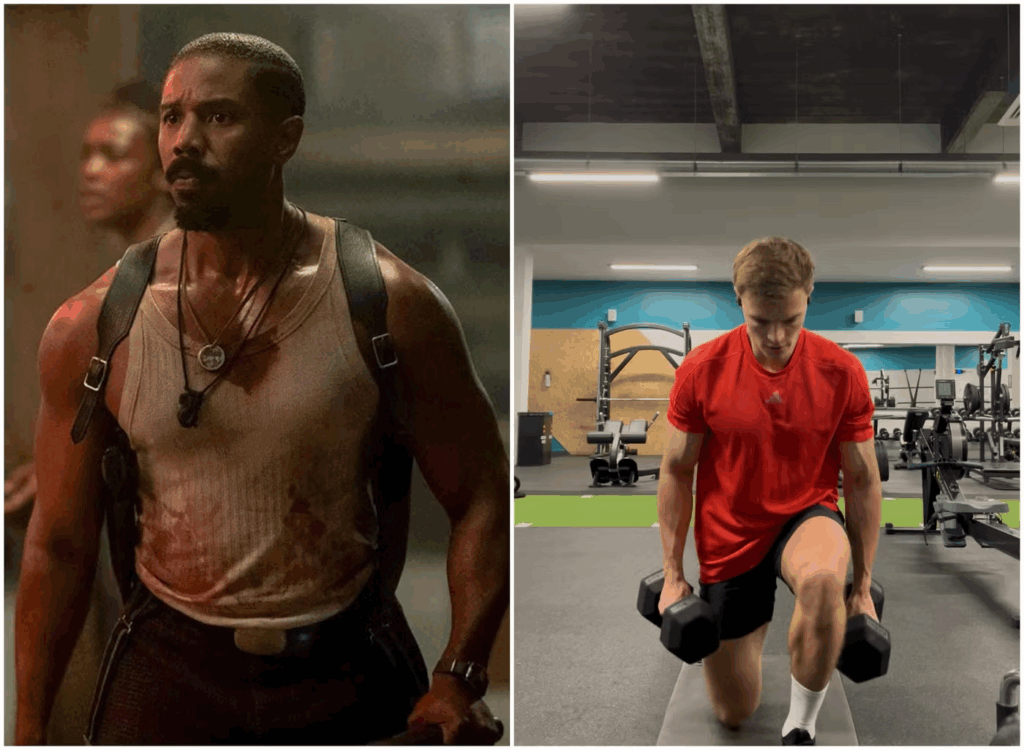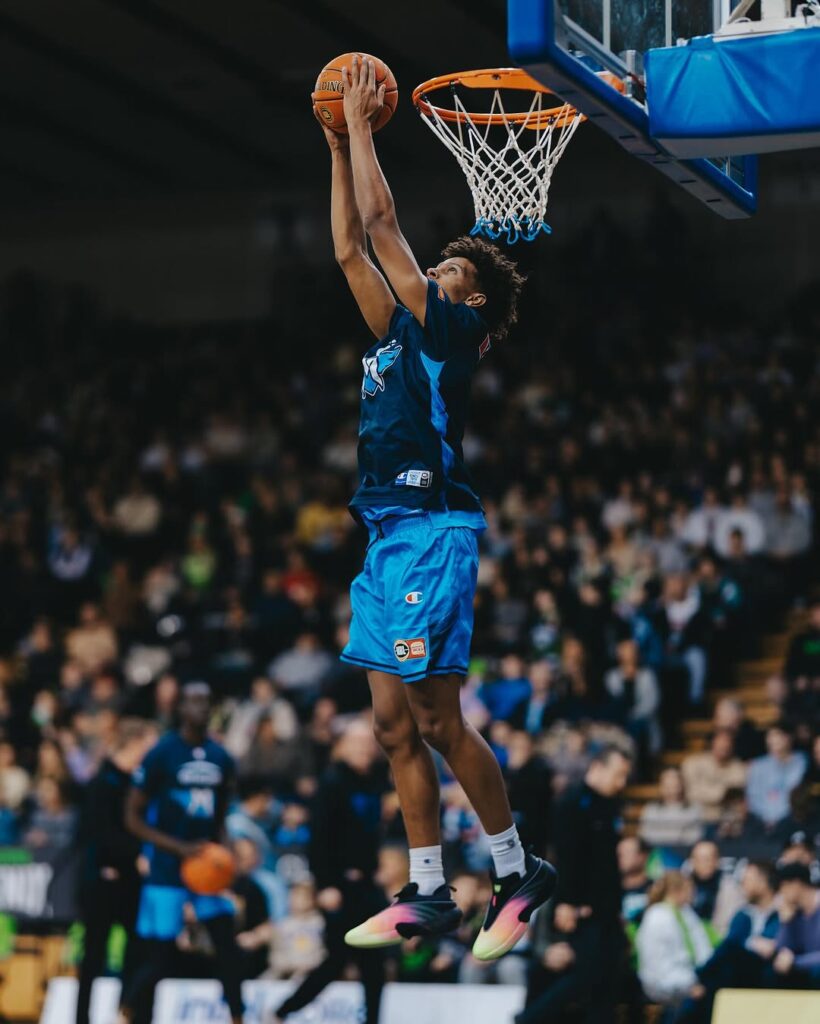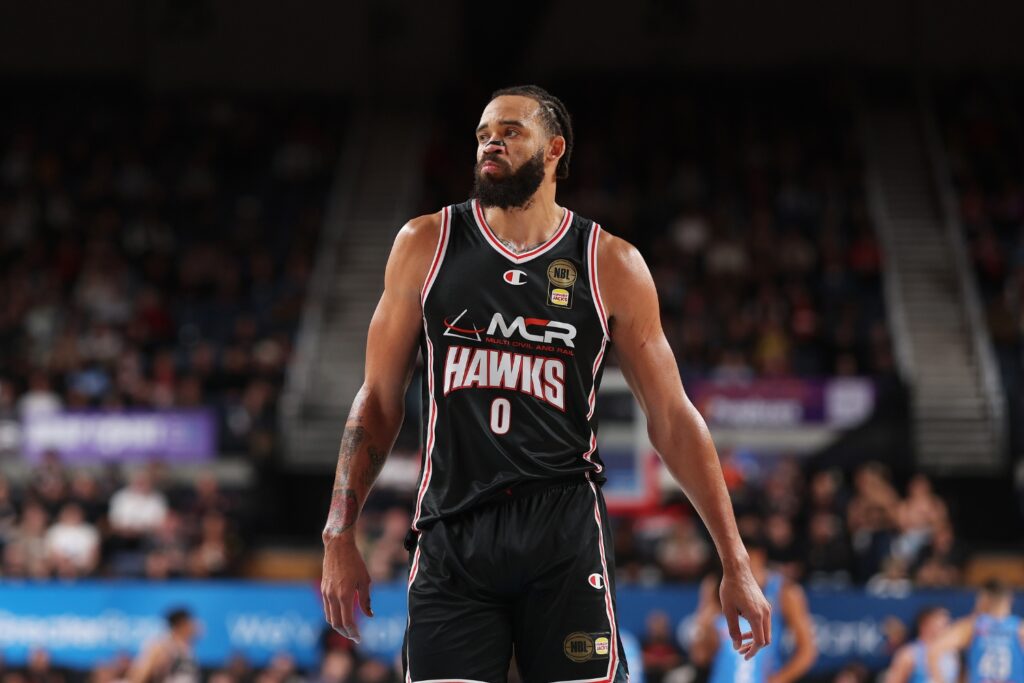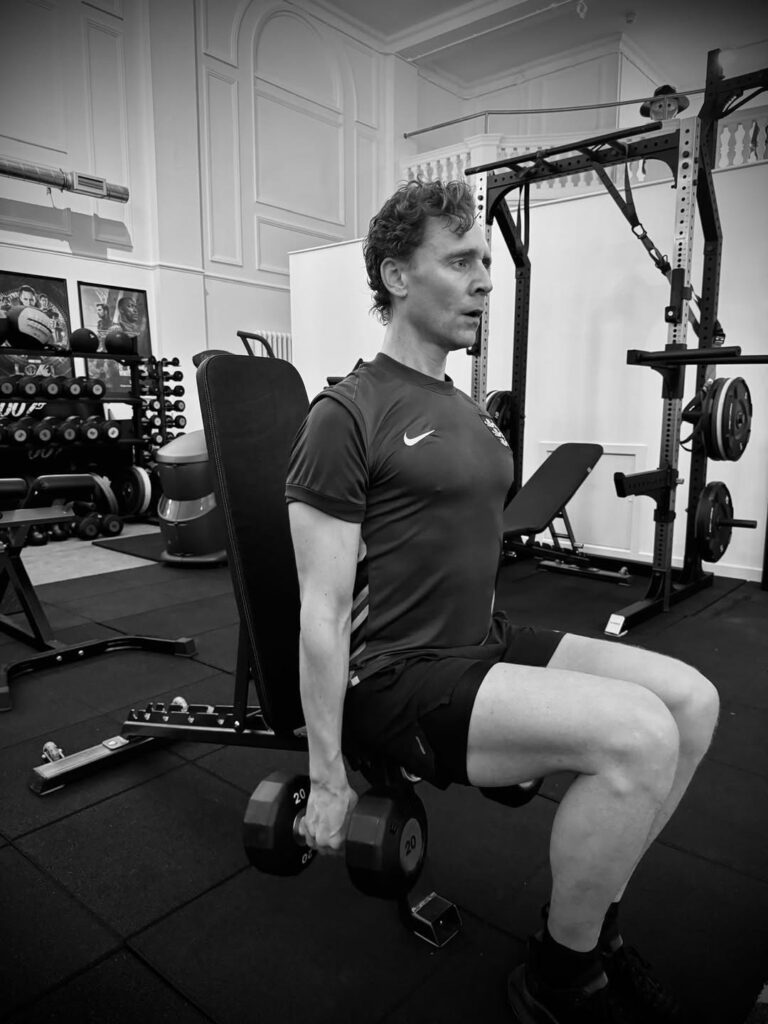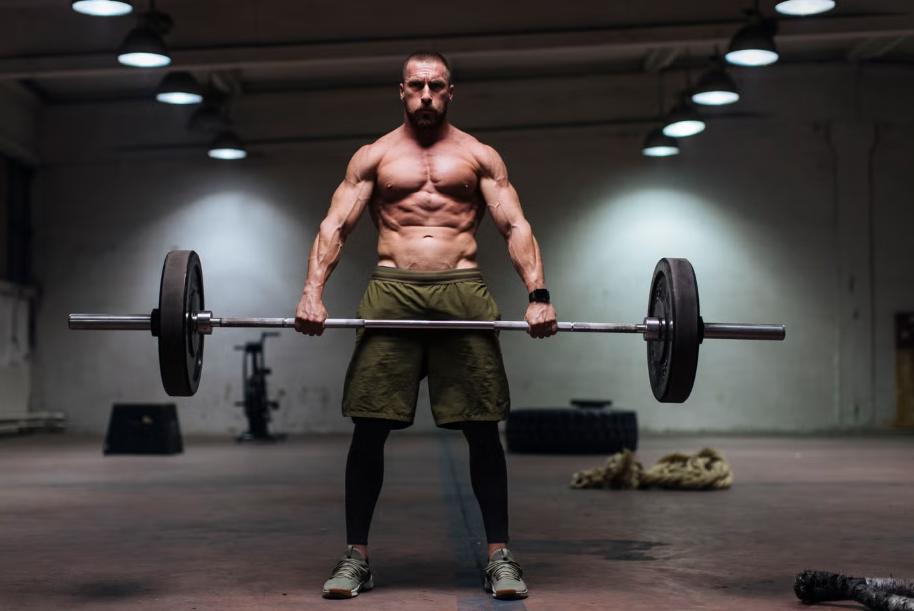BY THE TIME most men hit their thirties, their body begins changing in ways that aren’t always obvious at first. Energy levels dip, it takes longer to recover after a hard workout and a HIIT class can leave you feeling more battered than invigorated. One of the key reasons is that muscle mass begins to decline around age 30, and unless you act on it, that decline only accelerates with every passing decade.
The common narrative is that this slide is inevitable; that reduced strength, diminished muscle mass and function and more frequent injuries are simply part of getting older. But science suggests otherwise. Yes, biology plays a role, but inactivity, poor nutrition and a lack of consistency accelerate the process more than age itself. In fact, with the right approach, you can preserve muscle health, fend off nagging niggles and maintain an athletic frame well into your later years.
The reward isn’t just about dodging the dreaded dad bod. Preserving muscle is one of the most powerful tools against chronic disease and injury. It means staying active with your kids, enjoying the sports you love and feeling strong in your own skin for decades to come. This is what you can do to preserve muscle as you age.
Why does muscle decline with age?
Muscle mass and strength decline with age due to a phenomenon is called sarcopenia. Studies show that men can lose 3–8 per cent of muscle per decade after the age of 30, with the decline often accelerating after 60. But here’s the kicker: inactivity is a bigger culprit than biology. The body is built on the principle of use it or lose it. If you continue to stimulate your muscles through targeted training, they will respond at any age.
At the same time, niggles become more common. This is partly because tendons and ligaments lose elasticity, recovery slows and imbalances built up over the years surface more frequently. The good news is that these issues can be mitigated, and even reversed, with the right combination of strength training, mobility work and nutrition.
How can you prevent muscular decline?
Strength training
If you want to age strong, resistance training is a non-negotiable. Weight training directly stimulates muscle fibres, helping to preserve size and function. Our advice is to lift heavy to work fast twitch muscle fibres, prioritise power with medicine ball throws, kettlebell swings or jump squats to preserve athleticism, and don’t skip single-leg and unilateral work to maintain balance and stability.
Even two to three 45-minute resistance sessions per week can provide a significant buffer against sarcopenia.
Stretching and mobility
Strength is only part of the equation. Flexibility and mobility reduce the frequency of niggles and aid recovery. Think of it as preventative maintenance. Evidence-backed practices include hip openers, inchworms, arm circles and mobility drills that target the hips, shoulders and thoracic spine, as these are all areas that can stiffen with age. It’s also worth doing some stretching or yoga after a workout. Just ten minutes a day will make a difference.
Nutrition
Muscle is metabolically demanding, and to preserve it, nutrition matters as much as training. Aim for a high protein intake, a diet that includes foods like eggs, dairy, chicken, beef and soy, which are all rich in leucine, an amino acid that acts as a trigger for muscle growth. Anti-inflammatory foods like oily fish, nuts, berries and leafy greens also support recovery and reduce joint stress.
Supplementation
While a balanced diet is the foundation, supplementation can play a role in bridging the gaps in preserving muscle. Two options are Blackmores Muscle Protect Plus and Joint Mobility Plus. They’re formulated with ingredients that can counter the drivers of muscle loss and minor joint niggles.
Blackmores Joint Mobility Plus can reduce symptoms of mild osteoarthritis including joint stiffness, while also helping improve joint mobility. It comes in the form of a small chewable tablet, making it perfect for when you’re on the move, and also contains UCII collagen.
Blackmores Muscle Protect Plus, meanwhile, uses the ingredient HMB (Hydroxymethylbutyrate) which may help decrease protein breakdown in the muscles and support muscle mass maintenance. Vitamin D also helps absorption of dietary calcium, which supports bone health and bone strength.
When used alongside resistance training and proper nutrition, supplements like Blackmores Muscle Protect Plus and Joint Mobility Plus can provide an extra layer of support against muscular decline.
Always read the label and follow the directions for use. Learn more about Joint Mobility Plus and Muscle Protect Plus at www.blackmores.com.au






